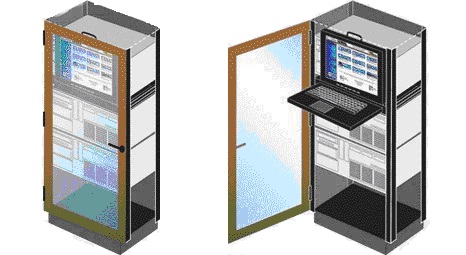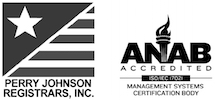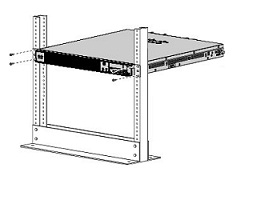What to Consider When Purchasing a New Rackmount Monitor
What to consider when purchasing a new Rackmount monitor? Rackmount LCD monitors are space saving, compact racks that provide users with crystal clear picture quality in two different styles; directly mountable or in a rack drawer that allows the monitor to be pulled out and lifted up. Rackmount Monitors with the flip-up design include adjustable brackets, a built in LCD, and full OSD features that provides effective assistance for administrators to control multiple PCs. Directly mountable units, on the other hand, have metal ruggedized housing and fits into the standard 19" rack cabinet.
Different Styles include:
- Industrial monitor integrated LCD panel into a rugged 19" wide rack mount display enclosure (panel mount type) for use in harsh and space constraint working environment. Option for DVI / BNC / HDMI video input, DC input power supply, and touch screen.
- Industrial monitor integrated LCD display panel into a low profile 1U high rack monitor drawer. has VGA plus DVI-D video input and AC power supply. Option for BNC / HDMI video input and touch screen monitor.
- Rack console integrated 20-inch industrial monitor, keyboard and touchpad (option for trackball & touch screen) input devices into a 1U or 2U high rack drawer.
KVM Support: What is it & will I need it?
KVMs can control multiple computers from a single keyboard, video monitor, and mouse. They are used to save space for the rack and can be configured to meet your standard requirements. Most rackmount monitors are combined with a KVM and have many incorporated styles, including the KVM-over-IP remote.
Which mounting rails does my server rack have?
Mounting rails are used when mounting a panel mount type rackmount monitor into the rack. There are a vast amount of choices because each rack server has its own coinciding mounting rails.

What are slide drawers?
When using a rackmount monitor drawer, dual slide rails may be an important option to have. Doors start becoming a huge concern when the rackmount system is not in use. Slide drawers enable the monitor to be pulled out and lifted up when in use, and allow the keyboard to be stored properly while the monitor remains up. This is a big advantage for most users because it includes both the visibility of the rackmount panel LCD and a keyboard drawer all in one unit. Some dual slide rails now come in a 1U compact size.
Which style is best for you?
• Rack console with an optional keyboard allows the user to save by integrating a keyboard, mouse, and monitor into the 1 or 2U rack space. A KVM switch is optional and can be used to control multiple computers on the rack.
• The sliding Rackmount Monitor allows the user to have a full-sized monitor that slides back into the rack when extra space is needed. When the monitor is not in use, the user can slide the monitor back into the rack space.
• Rackmount LCDs are typically used when the monitor is in constant use. This way, the monitor is always visible to the user.
Pictures from cisco & networktechinc





